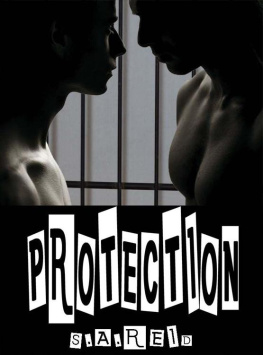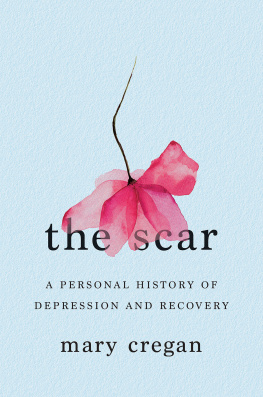Contents
Guide
Yes; all the advantages of sitting still when he ought to move, and of leading a life of mere idle pleasure, and fancying himself extremely expert in finding excuses for it.
Jane Austen, Emma(1816)

CONTENTS
Part I
500,000,00030,000 BCE
CHAPTER 1
Getting Up & Running
CHAPTER 2
Stand Up
Part II
30,000 BCE 1700 CE
CHAPTER 3
Planting Seeds, Processing Food & Life Under Cover
CHAPTER 4
Soil, Toil & Growth
CHAPTER 5
Exercise, Ergonomics & Life & Death In The City
Part III
17001910
CHAPTER 6
Developing (Bad) Work Habits
CHAPTER 7
Early Air Pollution or The Big Choke
Part IV
1910present
CHAPTER 8
The Waist Land
CHAPTER 9
Drowning in Air
Part V
The Future
CHAPTER 10
Hands & A Digital Revolution
HOW TO USE THIS EBOOK
Select one of the chapters from the and you will be taken straight to that chapter.
Look out for linked text (which is blue) throughout the ebook that you can select to help you navigate between related sections.
You can double tap images to increase their size. To return to the original view, just tap the cross in the top left-hand corner of the screen.
WHAT BECOMES YOU?
Ill fares the land, to hastening ills a prey,
Where wealth accumulates, and men decay
Oliver Goldsmith, The Deserted Village(1770)
There is properly no history, only biography.
Emerson
I f you think youre you, think again.
Your DNA, the code that instructs the assembly of the right amino acids into the right proteins at the right times in the right order and in the right places tens of trillions of times over, giving you a body, is not like a computer script. The code is not perfect, reliable or definitive. Instead, DNA sequences are more like the dialogue in a play. There may be a script, but the outcome depends on the environment in which those instructions are performed. Versions of Romeo and Julietcan vary in quality and tone, from the most ornate productions by the Royal Shakespeare Company to an elementary school performance.
DNA code is a little like this. With a few exceptions, we each have our own unique scripts, but the way those scripts perform in different eras or parts of the world shows considerable variety.
Our bodies are not just expressions of a code. We think of ourselves as the outcome of our unique genes, but our bodies also need an environment to shape them. For a body to function well it needs an appropriate habitat, and when there is friction or tension between body and habitat this can result in discomfort, pathology, disease and morbidity. A genetic code that is ill-matched to its environment spells trouble for the host. Organs that are highly adapted the gills of a fish, for example are useless in the wrong environment. DNA in the wrong environment will also have either to compensate in some way, or fail. And, now that we are at the point in our evolution as a species when we have already changed so much of the world around us, from its physical state to the way we interact with it, these changes are expressing themselves with chatty verbosity throughout our bodies, inside and out.
Because of the way DNA works, we are all different and we are all the same: identifiably human, but with an unending variety of shape and form. Every one of us is a complex genetic experiment, a random throw of the dice that hopefully suits the environment we meet when we first see the light of the sun. But because the environment plays such a key role in how our DNA is expressed, I guarantee that you are not the person that your DNA would have made 1,000, 20,000 or 100,000 years ago.








